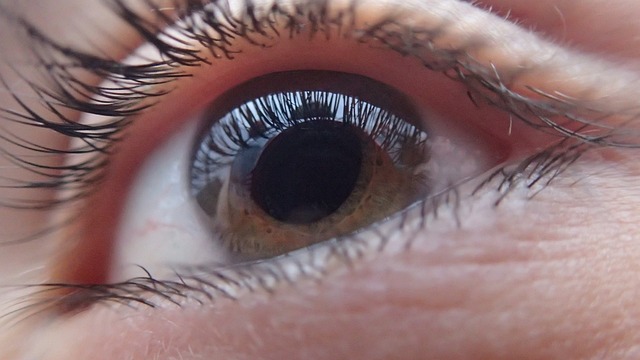Glaucoma is a group of eye conditions that can damage the optic nerve, leading to vision loss and blindness if left untreated. It is often associated with increased pressure inside the eye, known as intraocular pressure (IOP). This article will explore the different types of glaucoma, discuss the symptoms associated with the condition, and delve into effective management strategies.
Understanding Glaucoma:
Glaucoma is a progressive eye disease that damages the optic nerve, responsible for transmitting visual information from the eye to the brain. The most common glaucoma type is primary open-angle glaucoma (POAG), characterized by a gradual increase in intraocular pressure. However, there are other types of glaucoma, including angle-closure glaucoma and normal-tension glaucoma.
Types of Glaucoma:
Primary Open-Angle Glaucoma (POAG): This is the most common type of glaucoma and occurs when the eye’s drainage angle becomes less efficient over time, leading to increased intraocular pressure.
Angle-Closure Glaucoma: Angle-closure glaucoma occurs when the eye’s drainage angle becomes blocked, resulting in a sudden increase in intraocular pressure. It is considered a medical emergency.
Normal-Tension Glaucoma: Optic nerve damage occurs despite normal intraocular pressure levels in this type of glaucoma. The exact cause of normal-tension glaucoma is not fully understood.
Symptoms of Glaucoma:
Glaucoma may not cause noticeable symptoms in the early stages, making regular eye examinations crucial for early detection. As the condition progresses, symptoms may include:
- Gradual Loss of Peripheral Vision: Glaucoma often affects peripheral vision first, creating tunnel vision or blind spots.
- Patchy Blind Spots: Blind spots may develop in the central or peripheral vision, impacting the ability to see clearly.
- Elevated Intraocular Pressure: High intraocular pressure can cause eye pain, redness, and pressure within the eye.
- Blurred Vision: Vision may become hazy or blurred, affecting clarity near and far distances.
- Halos around Lights: Glaucoma can cause the appearance of halos or colored rings around lights, particularly at night.
Effective Management of Glaucoma:
While there is no cure for glaucoma, early diagnosis, and treatment can help slow down the progression of the disease and preserve vision. Here are some management strategies:
- Medications: Eye drops are commonly prescribed to lower intraocular pressure and manage glaucoma. These medications work by either reducing the production of aqueous humor or improving its drainage.
- Laser Therapy: Laser trabeculoplasty and laser peripheral iridotomy can be performed to improve fluid drainage from the eye and lower intraocular pressure.
- Surgical Interventions: In cases where medications and laser therapy are ineffective, surgical procedures such as trabeculectomy or drainage implant surgery may be recommended to create a new drainage channel for the fluid.
- Regular Eye Examinations: Routine eye examinations are crucial for monitoring glaucoma progression and making necessary adjustments to the treatment plan.
- Lifestyle Modifications: Some lifestyle factors, such as regular exercise, a healthy diet, and avoiding smoking, may help reduce the risk of glaucoma progression.
In conclusion, regular eye examinations, early diagnosis, and timely treatment are key to preserving vision and preventing further damage to the optic nerve. Suppose you experience any symptoms associated with glaucoma or have concerns about your eye health. In that case, it is important to consult an eye care professional who can provide a comprehensive evaluation and recommend appropriate management strategies tailored to your needs. Early detection and proactive management are crucial in maintaining optimal eye health.




